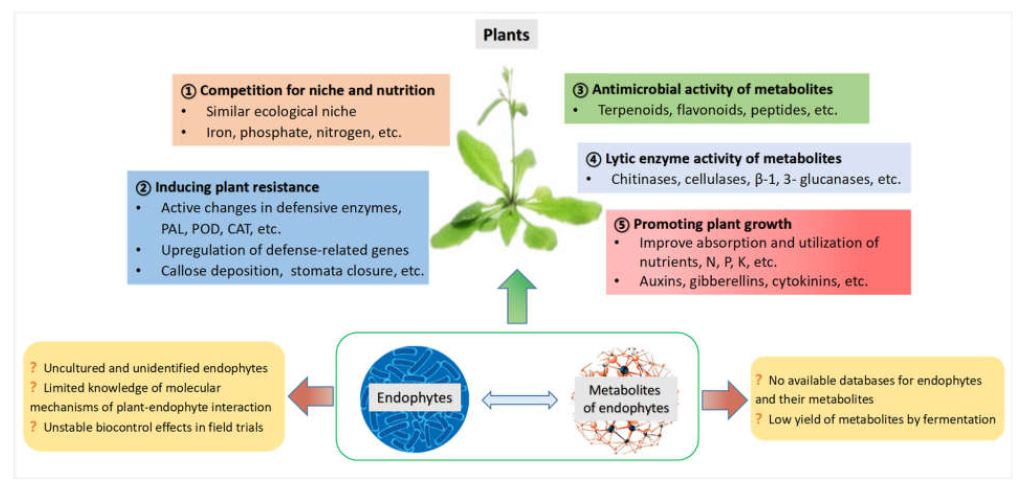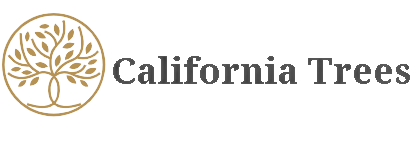Decoding Tree Diseases: Identification, Prevention, and Treatment Strategies

Introduction: Embark on a journey into the realm of tree diseases, unraveling the mysteries of afflictions that can threaten the health and vitality of our arboreal companions. This guide provides insights into identifying, preventing, and treating common tree diseases.
Understanding Tree Diseases: Trees, like all living organisms, are susceptible to diseases caused by various pathogens such as fungi, bacteria, and viruses. Recognizing the signs and symptoms is crucial for effective management.
Common Tree Diseases and Identification:
- Fungal Menaces:
- Anthracnose: Causes leaf spots, distortion, and premature leaf drop.
- Dutch Elm Disease: Targets elm trees, causing wilting and death.
- Bacterial Challenges:
- Bacterial Leaf Scorch: Leads to leaf discoloration and browning.
- Canker Diseases: Result in sunken areas on bark, affecting nutrient flow.
- Viral Afflictions:
- Apple Mosaic Virus: Affects apple trees, causing mosaic-like patterns on leaves.
- Oak Wilt: A lethal disease impacting various oak species.
Prevention Strategies:
- Site Selection:
- Plant disease-resistant tree varieties suitable for the local climate.
- Proper Planting Practices:
- Ensure correct planting depth and spacing to reduce stress on trees.
- Adequate Watering:
- Maintain a balanced watering schedule to prevent conditions favoring disease.
- Pruning Hygiene:
- Practice proper pruning techniques, removing dead or infected branches.
Treatment Approaches:
- Fungicidal Applications:
- Apply fungicides to control and prevent the spread of fungal diseases.
- Bacterial Control Measures:
- Use antibacterial treatments for bacterial infections, focusing on early intervention.
- Viral Management:
- Manage viral diseases through the removal of infected trees and controlling vectors.
Integrated Disease Management (IDM):
- Holistic Approach:
- Implement IDM by combining cultural, biological, and chemical methods.
- Regular Monitoring:
- Conduct routine inspections to detect disease symptoms in their early stages.
Frequently Asked Questions:
- Q: Can tree diseases spread to other plants?
- A: Yes, some diseases are contagious and can affect neighboring plants. Early detection and isolation are essential.
- Q: What role does soil quality play in disease prevention?
- A: Healthy soil contributes to strong, resilient trees less prone to diseases. Soil amendments can enhance disease resistance.
- Q: Are there organic methods for treating tree diseases?
- A: Yes, organic treatments like neem oil and copper-based fungicides can be effective in managing certain diseases.
Conclusion: In the intricate dance between trees and diseases, knowledge becomes a powerful tool. By arming ourselves with insights into identification, prevention, and treatment strategies, we stand as guardians of our arboreal companions, ensuring their resilience and longevity in the face of potential afflictions. May this guide be a beacon in preserving the health and majesty of our cherished trees.
